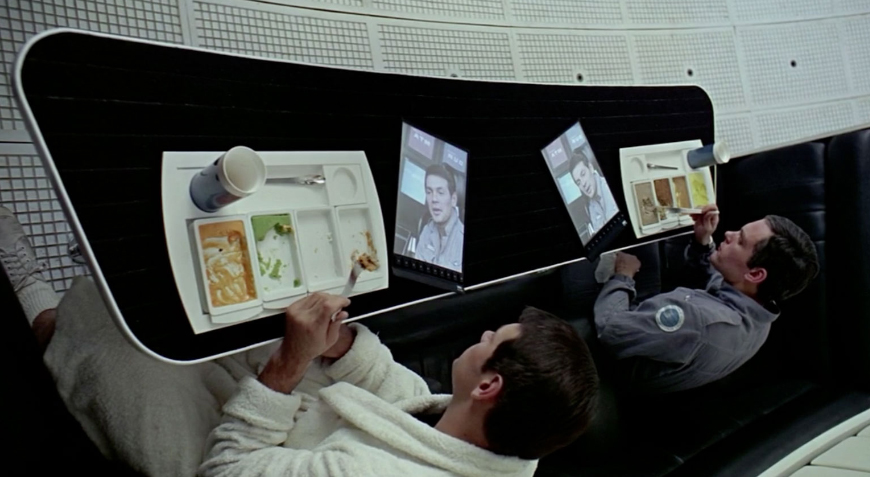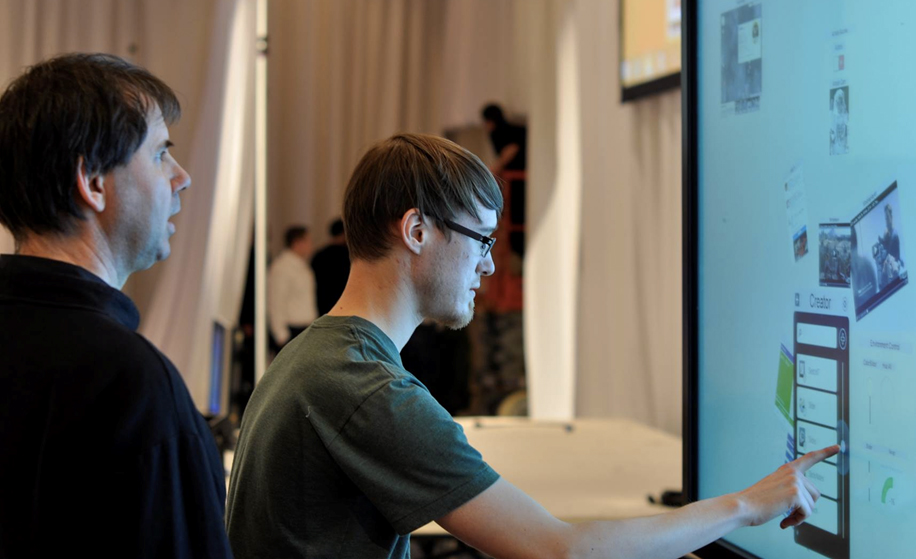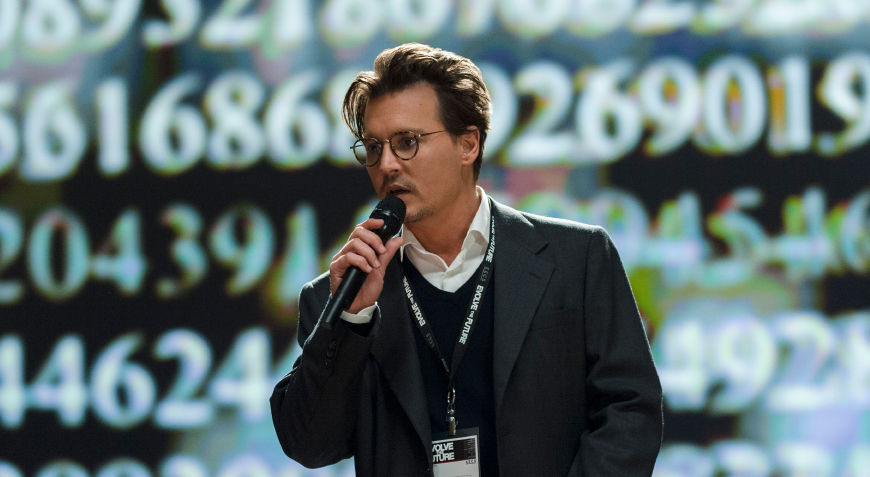dizmo on MSN UK! “New Gadgets are Bringing Sci-Fi to Life: is the Future Now?”
If you’re anything like us, you were enthralled by science fiction when you were young. We just couldn’t wait for that tech to be real. Today, futuristic film technology is a reality, as many of those sci-fi technologies have become a part of our daily lives.

Of course, science fiction has been predicting the future since the genre was born. Jules Verne wrote with surprising accuracy about moon landings, and Star Trek predicted Personal Access Display devices and voice-controlled computers – essentially our modern tablets and Siri.
The technology from one story in particular – Philip K Dick’s The Minority Report – has struck popular imagination. In it, protagonist John Anderton (Tom Cruise in its adaptation to the big screen) read e-papers, was greeted by personalised ads and used a self-driving car. All those technologies were great, but the one really striking to audiences was the interactive computer screen John used just by waving his hands around.
Today, we have e-papers on our tablets, and websites offer up personalised ads based on our preferences. We can even control computer games by moving around our living rooms, play across devices and our smartphones to start and stop our smart white goods remotely. We have even begun to incorporate these kinds of interactive products into our daily lives, labelling them The Internet of Things.
But this is not what the Internet of Things is all about. What we are witnessing now is just the tip of the iceberg and the beginning of things to come: an all-around environment, which continuously monitors our presence, is aware of our preferences, adapts and reacts to our mood, our wishes and conditions. In such environment, today’s equipment will be replaced by neuronal-like network of things, with which we will naturally communicate through an invisible interface. With technologies like dizmo, that future gets one step closer, as we can turn our screens, table tops, mirrors, windows, walls and even floors into doorways to our digital world of things which respond to our movements, allowing us to control them with – yes – a wave of the hand and a flick of the wrist.

After the above scenario becomes a reality, what can we possibly further predict about the future?
Well, as far as sci-fi is concerned, it’s likely to concentrate on extremely realistic artificial intelligence. The 2013 film Her looked at how we might bond emotionally with hyper-intelligent operating systems.2014’s Transcendence made us ask whether a computer has artificial intelligence or real intelligence if a person’s consciousness can be uploaded and activated within that computer.

Right now it is hard to imagine a future where technology can become our partner or vessel for our ongoing consciousness. But Star Trek’s sliding doors seemed impossible in the 1960s!
See the full talk of dizmo with MSN UK about movie technology becoming a reality here.
